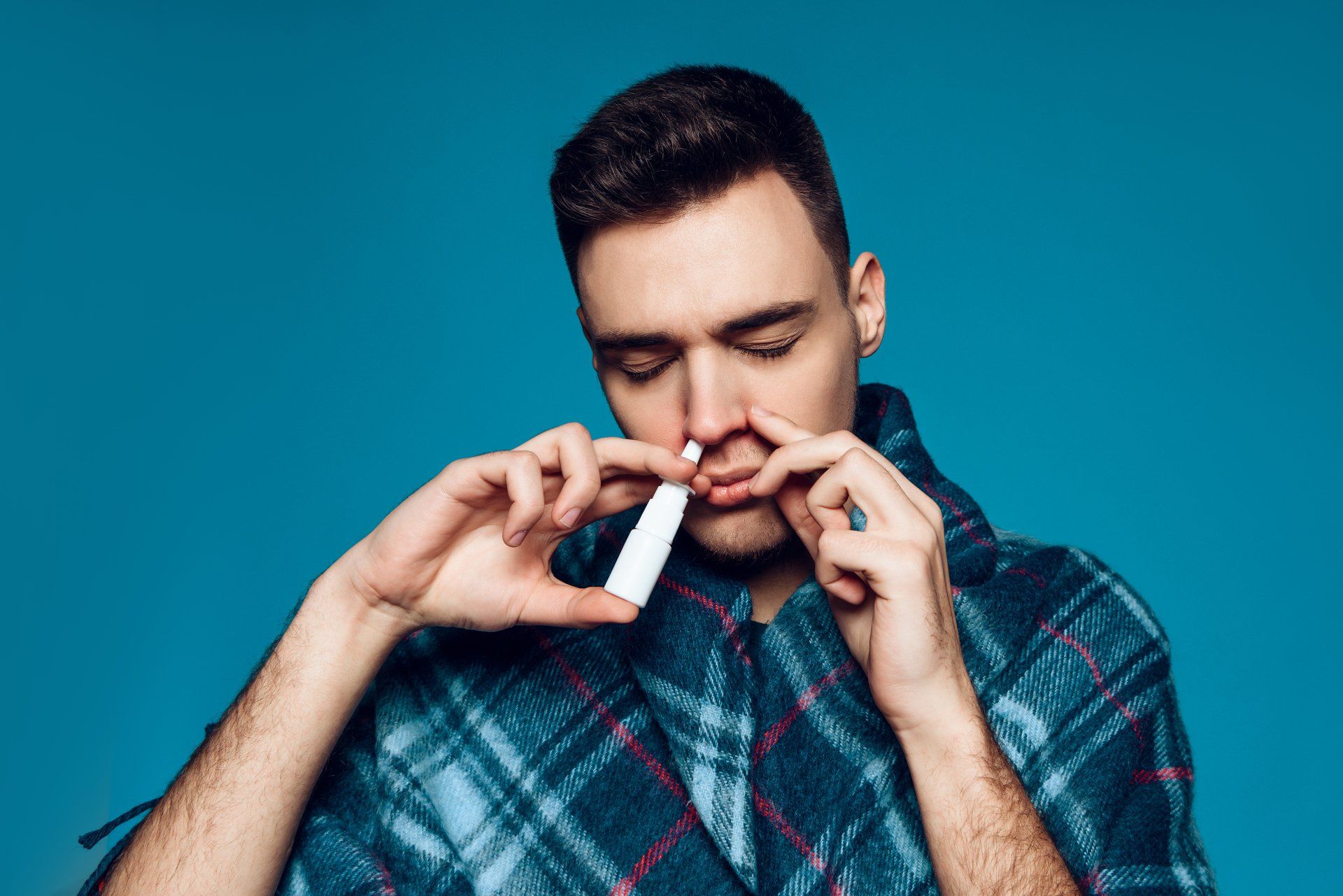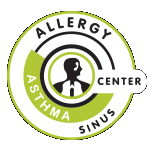The Science of a Sneeze
Dr. John Overholt • May 2, 2014
Gesundheit, Fellow Science Geeks!
I love science: chemistry, physics, engineering, math. It’s a big reason I became a doctor. So when scientists at Massachusetts Institute of Technology published a paper in the Journal of Fluid Mechanics on sneezing, I got pretty excited. How nerdy is that? Anyway, regardless of your level of nerd-cred, the article had some important and interesting new findings — and it has a high-speed video of a sneeze.
What you’re seeing there is not just a simple sneeze, it’s a multiphase turbulent buoyant cloud. That means that when you sneeze, the gasses you emit mix with the surrounding air (“multiphase”) in a violent, roiling fashion (“turbulent”) that results in a floating (“buoyant”) cloud. We used to think that the distance a germ could travel in a sneeze was limited to the distance the large droplet particles could travel, essentially the spray that you can see and feel from a sneeze. We also thought that larger particles traveled the farthest due to their greater momentum. The new gas cloud model turns that understanding on its ear. It tells us that the smaller particles travel the farthest because the cloud keeps them suspended in the air while the larger particles fall out. In fact, these small particles can travel five to 200 times farther than we previously thought! Some very small particles even had the potential to reach air ventilation intakes that could then circulate them elsewhere in an indoor environment.
In practical terms, this might change the way ventilation systems are designed, especially for higher risk locales like hospitals, schools and airplanes. Better air systems with less germ transmission could result in real gains in public health: fewer cases of hospital-acquired pneumonia, fewer influenza outbreaks in schools, and less anxiety about the guy three rows behind you on the plane coughing his head off. For now, though, the CDC still recommends that we sneeze into our elbow and wash our hands after sneezing — very good recommendations.
If you want to dig a little deeper and read about it from the people who really know what they are talking about, try this press release from MIT. If you read it, let me know what you think, and I'll put your official nerd certificate in the mail.




